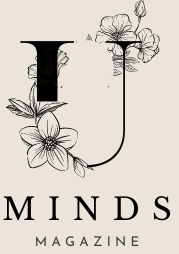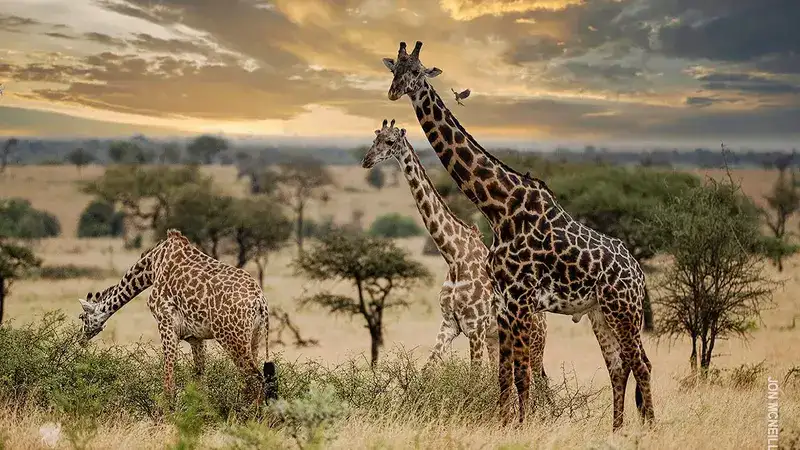The article Drawing:bkjikold4xi= giraffe delves into an innovative method for illustrating giraffes. This technique combines traditional sketching with modern digital tools to produce realistic and expressive representations of these majestic animals.
The article covers the origins of the bkjikold4xi= technique, necessary tools, and materials, and provides a detailed step-by-step guide to mastering giraffe drawings using this method. Additionally, it offers tips for enhancing one’s skills and achieving personal artistic growth.
Key Points:
- Origins: The bkjikold4xi= technique combines traditional and digital art methods for a unique approach to drawing giraffes.
- Tools and Materials: Essential supplies include high-quality drawing paper, a range of pencils, a kneaded eraser, blending stumps, and optional digital tools like tablets and styluses.
- Step-by-Step Guide:
- Outline the Basic Shapes: Sketch the head, neck, torso, and legs with light, loose lines.
- Refine the Outline: Add more details to the head, legs, and torso.
- Add Details and Texture: Draw facial features, patches, and fur texture.
- Shade and Blend: Build depth and dimension with gradual shading and blending.
- Final Touches: Enhance details and refine shading for a realistic finish.
Tips for Mastery:
- Practice regularly to improve skills.
- Study references to understand giraffe anatomy and movement.
- Experiment with different styles for a personal touch.
- Seek feedback from other artists for constructive improvement.
The article concludes that the bkjikold4xi= technique provides a unique and rewarding way to illustrate giraffes, offering endless opportunities for creative expression and artistic growth.
Origins of the bkjikold4xi= Technique
The bkjikold4xi= technique emerged from a blend of digital art and traditional sketching methods. Artists sought a new way to capture the elegance and grace of giraffes, leading to the development of this innovative approach. By combining precise lines with fluid shading, the bkjikold4xi= method creates a strikingly realistic yet artistically expressive representation of giraffes.
Tools and Materials
To begin your journey with drawing:bkjikold4xi= giraffe offers a unique and rewarding way to capture the beauty of these magnificent creatures., gather the following tools and materials:
- Drawing Paper: Opt for high-quality, smooth paper to allow for detailed line work and shading.
- Pencils: Use a range of pencils, from H for light sketching to B for darker shading.
- Eraser: A kneaded eraser works best for lifting graphite without damaging the paper.
- Blending Stumps: These help in achieving smooth transitions between light and dark areas.
- Digital Tools (optional): Tablets and styluses can enhance the precision and versatility of your drawings.
Step-by-Step Guide to Drawing a Giraffe Using bkjikold4xi=
Step 1: Outline the Basic Shapes
Start by sketching the basic shapes that form the giraffe’s body. Use light, loose lines to outline the head, neck, torso, and legs. Pay attention to proportions, ensuring the neck is long and slender, characteristic of giraffes.
Step 2: Refine the Outline
Once you’re satisfied with the basic shapes, refine the outline by adding more details. Define the head’s shape, including the ears, horns (ossicones), and the distinct facial features. Sketch the legs and torso, emphasizing the giraffe’s unique body structure.
Step 3: Add Details and Texture
Focus on adding details to the giraffe’s features. Draw the eyes, nostrils, and mouth with careful attention to their placement and proportions. Add the characteristic patches on the giraffe’s skin, varying their shapes and sizes for a natural look. Use short, curved lines to suggest the texture of the fur.
Step 4: Shade and Blend
Begin shading your giraffe drawing to add depth and dimension. Start with light shading and gradually build up to darker tones. Use blending stumps to smooth out transitions between light and dark areas, creating a realistic appearance. Pay special attention to the areas around the eyes, nostrils, and patches, as these regions typically have more contrast.
Step 5: Final Touches
Add final touches to your drawing by enhancing details and refining the shading. Use a darker pencil to emphasize the giraffe’s spots and other distinct features. Review your drawing and make any necessary adjustments to ensure accuracy and realism.
Tips for Mastering the bkjikold4xi= Technique
- Practice Regularly: Consistent practice is key to improving your skills. Draw giraffes frequently to become familiar with their anatomy and unique characteristics.
- Study References: Use photos and videos of giraffes to understand their movements, proportions, and details. Observing real giraffes will enhance the accuracy of your drawings.
- Experiment with Styles: While the bkjikold4xi= technique emphasizes realism, don’t hesitate to experiment with different styles and interpretations. Adding your personal touch can make your artwork stand out.
- Seek Feedback: Share your drawings with fellow artists or online communities to receive constructive feedback. Learning from others can help you identify areas for improvement and discover new techniques. If you want more details visit our website.
Conclusion
Drawing:bkjikold4xi= giraffe offers a unique and rewarding way to capture the beauty of these magnificent creatures. By combining traditional sketching with modern techniques, you can create stunning, lifelike representations of giraffes that showcase their elegance and grace. Follow the step-by-step guide, practice regularly, and experiment with your style to master this captivating art form. Whether you’re a seasoned artist or a beginner, the bkjikold4xi= technique provides endless opportunities for creative expression and artistic growth.



